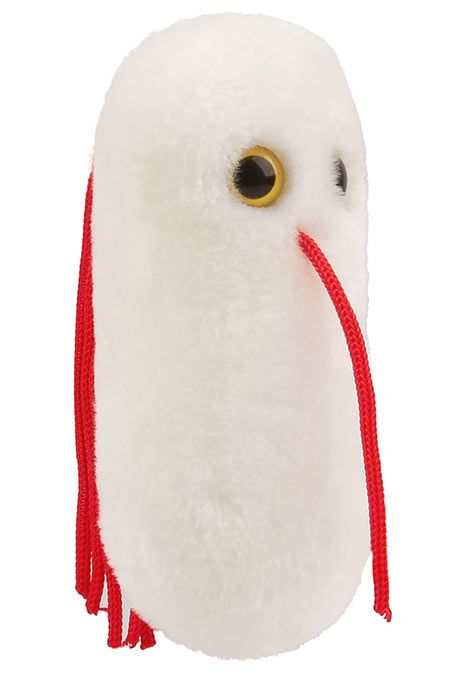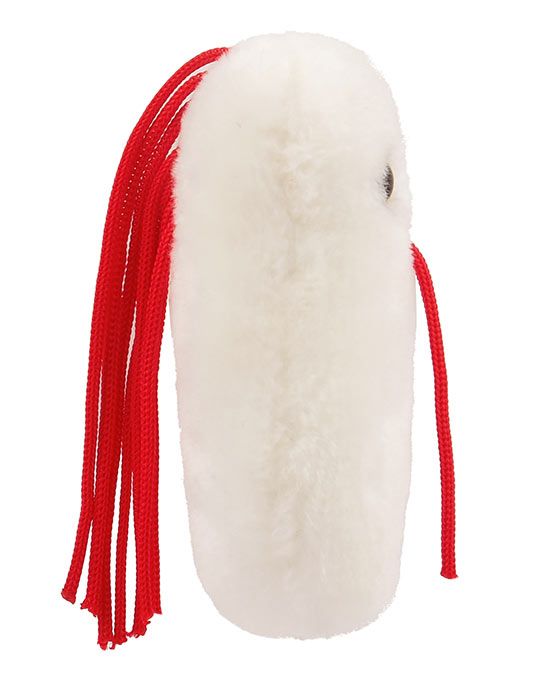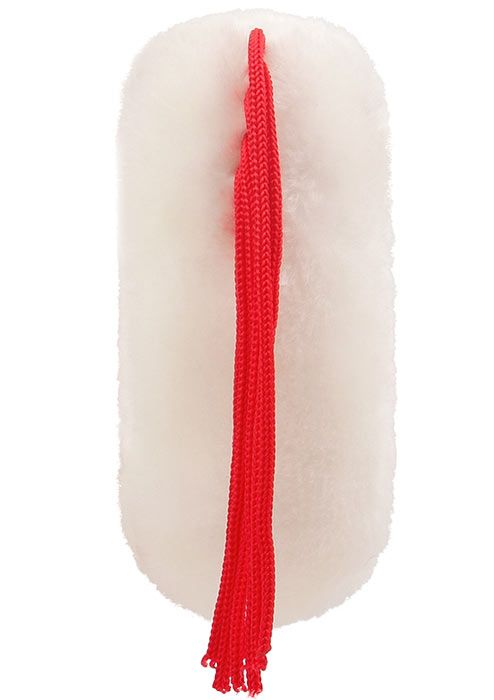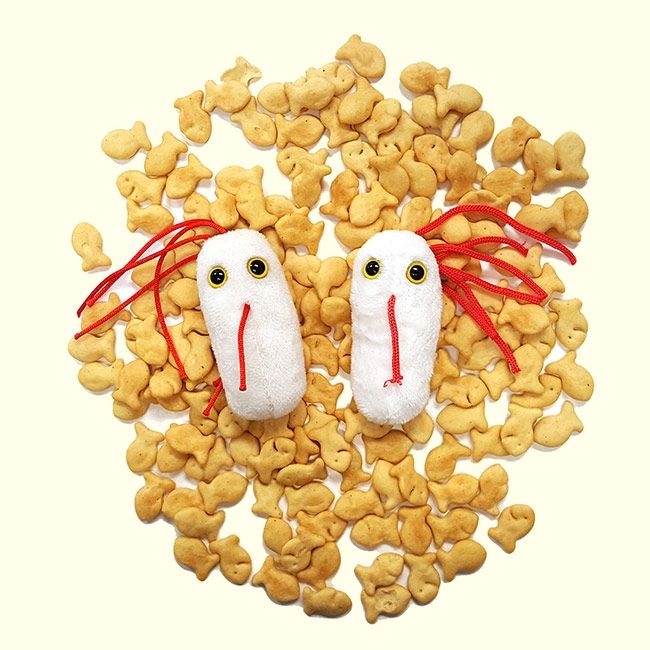Salmonella (Salmonella typhimurium)
Product Details
Additional Information
| Sizes | Giantmicrobes are based on actual microbes, cells, organisms and other critters, only 1,000,000 times actual size! Gigantic (GG) 16-24" XL (XL) 10-15" Original (PD) 5-8" Keychain (KC) 2-4" with clip |
|---|---|
| Materials | Plush from all new materials. Stuffed with polyester fiber fill. Surface washable: sponge with water & soap, air dry. |
| Packaging | Each plush microbe includes a printed card with fun, educational and fascinating facts about the actual microbe or cell. |
| Safety | Every product meets or exceeds U.S. and European standards for safety. For ages 3 and up. |
All about Salmonella (Salmonella typhimurium)
FACTS: Discovered in 1885 by American veterinarian Daniel E. Salmon, Salmonella bacteria are among the leading causes of food poisoning in the world.
Salmonella are very common and can be found on many foods. Pets can be carriers as well, particularly reptiles. However, poultry and eggs are among the most favored habitats for Salmonella – and should indeed be handled with care.
So how do Salmonella bacteria cross the microbial road to get to their next victim? Caesar-salad dressing, homemade eggnog, ice cream, mayonnaise, hollandaise sauce, and frostings are common pathways, not to mention undercooked chicken. Unsanitary kitchen-practices, such as neglecting to thoroughly wash hands, utensils, and surfaces that have been in touch with raw food, are often responsible as well.
Salmonella infections typically occur after an incubation period of 6 to 48 hours, last less than a week, and require no medical treatment. However, in severe cases – most commonly in the young, old, and those with impaired immune systems – dehydration from excessive egestion calls for hospitalization. (And if the bacteria escape the confines of the gastrointestinal-tract and infect the blood-stream, immediate hospitalization is mandated.)
Though long-term effects are rare, it can sometimes take months before gastro-intestinal harmony is fully restored. (In very rare instances, arthritic-pains known as Reiter's syndrome can also develop.) So don't be bird-brained: wash your hands and eat cooked food, or you may swallow Salmonella – and get egg on your face.
| Name | Salmonella Typhimurium |
|---|
| Actual Size | 2.5-5.0 micrometers, about 27,620 salmonella bacteria span the length of the iPhone 6. |
|---|
| Where It Lives | Raw meats, unpasteurized dairy, other contaminated foods and feces! |
|---|
| System | Gastrointestinal System |
|---|
| Commonality | About one million cases occur annually in the United States. |
|---|
| Symptoms | Severe diarrhea, nausea and vomiting, abdominal cramps, headache, and fever. |
|---|
| Cure |
Antibiotics are used in cases with people who have weakened immune systems; most of the time, the body is able to rid itself of the bacteria over the period of a couple weeks. Preventative Measures: • Wash your hands and cooking surfaces. • Be mindful of raw meat, poultry, and seafood. Keep these items separate from other food items. • Do not undercook food. • Use your refrigerator and freezer properly! |
|---|
| Deadliness/Severity |
Frequent bathroom trips are not fun. The Center for Disease Control reports that about 19,000 hospitalizations and 380 deaths occur each year in the U.S. |
|---|
| Infectiousness |
In most cases, symptoms arise after consuming the bacteria. Salmonella is able to move through the food chain, infecting many different animals before getting to humans. |
|---|
| History |
On July 13, 2015, Barber Foods recalled more than 1.7 million pounds of frozen, stuffed chicken products due to potential salmonella contamination, after at least six people in Minnesota and Wisconsin got sick between April and late June. In June 2012, 42 people in 20 states were infected by a Salmonella outbreak originating from a peanut processing plant of Sunland, Inc. |
|---|
| Fascinating Facts |
Salmonella has an even greater impact in less developed nations. Worldwide there are an estimated 93.8 million cases of gastrointestinal infections from a Salmonella species causing 155,000 deaths. The name Salmonella was named after research program leader Dr. Daniel Salmon, but Theobald Smith was the actual discoverer of the disease. After all this time, we actually could have been infected by “Smithella” instead. In Culture: Salmonella Dub is the name of a “Drum and Bass” band from New Zealand. M*A*S*H*, Season 8, Episode 10: “The Yalu Brick Road” features our microbe buddy Sal as one of the main characters of the episode. |
|---|














